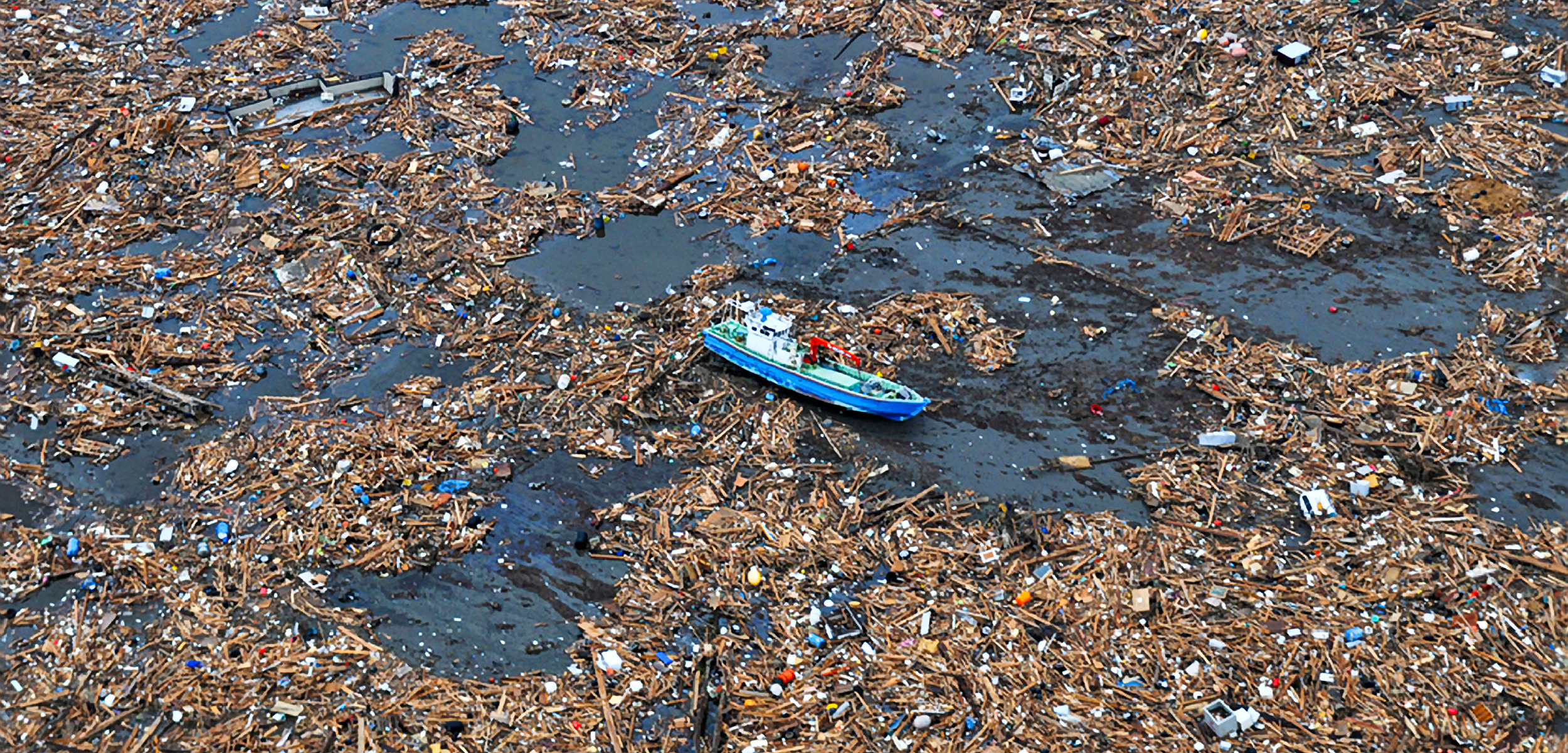Japan’s Wildlife Is Still Reeling from the 2011 Earthquake and Tsunami
An unlikely indicator shows the ecosystem in Sendai Bay, Japan, has yet to recover—and perhaps never will.
Article body copy
The 2011 earthquake and tsunami that struck Japan’s east coast dramatically changed the landscape and devastated coastal species. Now, even though reef fish communities and small invertebrates have returned, one unlikely indicator is revealing there is still a long way to go for this battered region. The proof? A dearth of snail parasites.
Parasites are pervasive members of any healthy ecosystem. But by comparing the numbers and species of parasites infecting Asian hornsnails in Japan’s Sendai Bay before the 2011 tsunami and eight years after it, scientists have revealed that while the parasite community is recovering, it is still not as rich as it once was. According to Osama Miura, a biologist at Kochi University in Japan, this shows the entire ecosystem is still struggling.
The beaches and mudflats of Sendai Bay stretch along Japan’s eastern coast roughly 100 kilometers north of the failed Fukushima Daiichi nuclear power plant. For Miura, the bay is a second home. As a student at Tohoku University in Sendai, he spent 10 years there, studying mud snails and their trematode parasites. After graduating in 2006, he continued visiting the bay every year to conduct ecological monitoring. Then, in 2011, the bay was devastated by the powerful wave.
“When I visited for the first time after the tsunami, I almost lost my words,” says Miura. The destruction made it difficult for Miura to reach his former study sites. When he did finally reach the mudflats, he realized many species were gone. It took a full year for Miura to find any snails. But the snails’ parasites have taken even longer to return.
Trematodes, like many parasites, have complex life cycles that take advantage of food webs. Those that parasitize the Asian hornsnail first encounter the snails as eggs, which the snails eat. The parasites develop into a small free-living stage that tunnel out of the snail and seek out aquatic animals like fish or crustaceans to burrow into and infect. When these animals are then eaten by larger animals, often shorebirds, the parasites mature and produce eggs that are pooped back out into the environment.
“A lot of things need to line up in order for this parasite to go from egg to adult and back again,” explains Kevin Lafferty, a marine ecologist for the US Geological Survey. Lafferty’s work on trematodes helped pioneer the idea that parasites are useful indicators of the integrity of food webs. “Host diversity begets parasite diversity,” he explains, “because host diversity provides opportunities for a variety of life cycles to be completed.”
Looking at the proportions of snails infected with different parasite species, then, provides a way to gauge which hosts are present without costly surveys of an entire ecosystem.
Miura’s finding indicates the bay is still recovering, even after eight years. Changes to the landscape, such as the construction of a large sea wall meant to protect against future tsunamis, mean the ecosystem may never fully recover.
“This work disturbed the tidal flats, so some species that survived the tsunami are now affected,” says Miura. “I don’t like the destruction of nature, but on the other hand the people here also need protection, so it’s complicated.”

